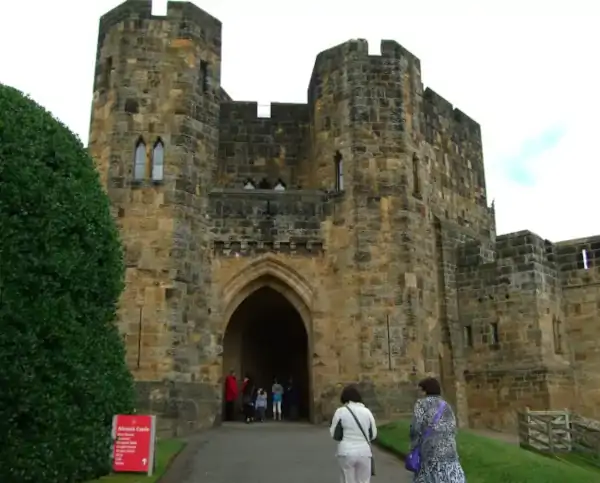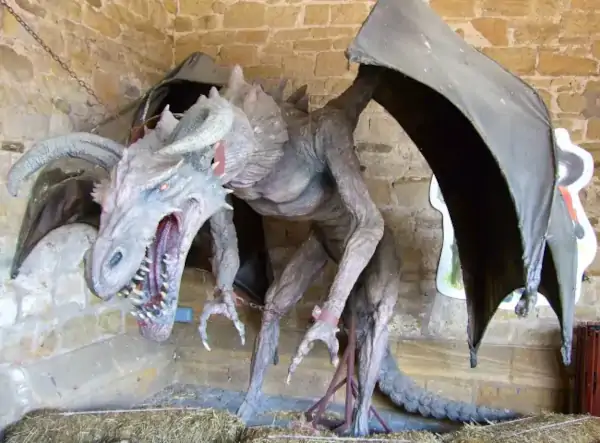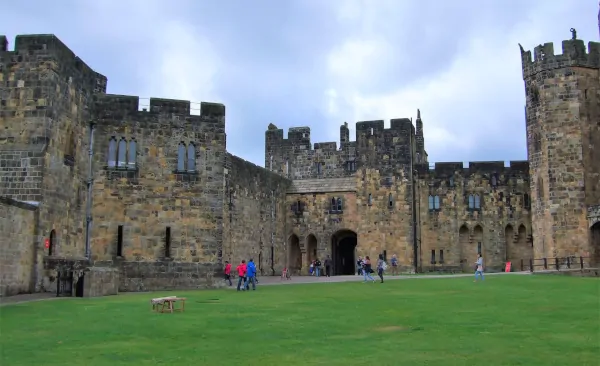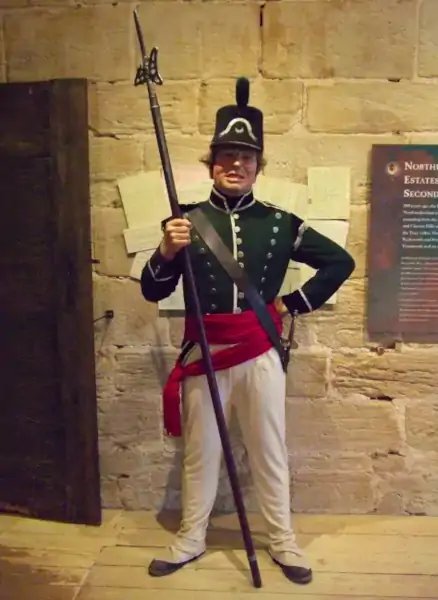Northumbria
Dubbed as the Windsor of the north, Alnwick Castle stands imposingly guarding a road crossing of the River Aln in Northumbria and is the seat of the Dukes of Northumberland. A deep ravine lies to the south and east, which separates the iconic castle from the town of the same name.
Dating back to the Norman era, the castle was founded by Yves de Vescy in the eleventh century, the property was passed down in the de Vescy family until its guardianship was passed by King Henry III to Antony Bek who sold it to the Percies.
All images courtesy of Paul JohnsonThe Gatehouse of Alnwick Castle
In 1136, the castle was taken by David I, King of Scots, it was again besieged by William the Lion of Scotland who was captured by the English at the Battle of Alnwick in 1174.
The Percies gradually came to possess great power and influence in the north of England. The famous Harry Hotspur rebelled against the Lancastrian King Henry IV and was killed at the Battle of Shrewsbury.
Dragon Statue at Alnwick
During the dynastic conflict known as the Wars of the Roses, the castle saw action several times. It was held for the Lancastrian cause against Edward IV until it was surrendered in September 1461 after the resounding Yorkist victory at the Battle of Towton. Following a Lancastrian siege, Richard Earl of Warwick, arrived at Alnwick, forcing the Lancastrian queen, Margaret of Anjou to flee to Scotland.
In the late 1460s, Henry Percy, the 4th Earl of Northumberland pledged fealty to Edward IV and the Yorkist cause, following which the castle was restored to the Percys.
Alnwick Castle
Thomas Percy, the 7th Earl, was executed by Elizabeth I in 1572 for his part in the Rising of the North, leading to Alnwick Castle being largely uninhabited. Henry, 9th Earl of Northumberland placed his distant relative another Thomas Percy, in charge as a constable in 1594, but Thomas was later killed while attempting escape from the aftermath of the Gunpowder Plot and the earl himself imprisoned in the Tower of London.
In the second half of the eighteenth century, the Percies returned to Alnwick and commissioned Robert Adam to carry out alterations. The interiors were largely carried out in the Strawberry Hill Gothic style.
Soldier on guard at Alnwick
The castle was restored in the mid-nineteenth century. Its sumptuous interior contains lavish staterooms which are filled with a priceless collection of Italian old masters. Alnwick Castle is set in a scenic park that was designed by Capability Brown.
Kenilworth Castle PreviousNext Tintagel Castle
